What is the IGFA Great Marlin Race?
The IGFA Great Marlin Race (IGMR), presented by Costa Sunglasses®, is a partnership between IGFA and Stanford University that pairs recreational anglers with cutting-edge science to learn more about the basic biology of marlin and how they utilize the open ocean habitat. The goal of the program is to deploy 50 pop-up archival tags (PAT) in marlin at billfish tournaments around the world each year. This effort will increase understanding of the distribution, population structure, and biology of marlin and engage anglers and the general public in the research process. By increasing our understanding of where these animals go and how they use the pelagic ecosystem, we will provide valuable information to the resource managers and policymakers responsible for ensuring their long-term conservation.
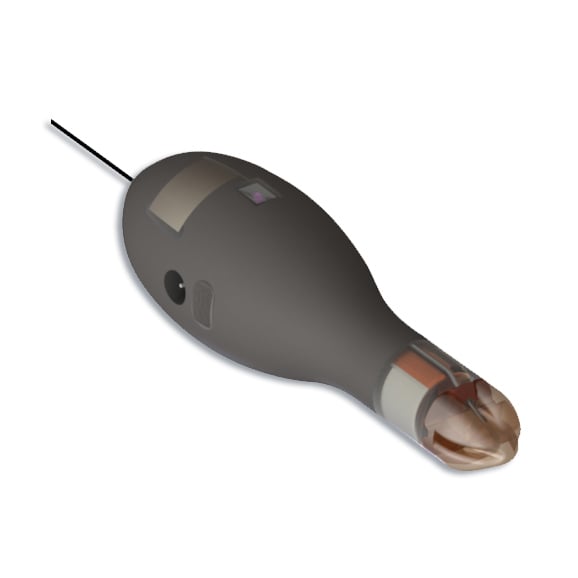
How does it work?
The concept behind the IGMR is simple: billfish tournament angling teams are invited to sponsor PAT tags to be placed on the fish they catch and release. Two hundred and forty (240) days after each tag is deployed, it automatically pops off the fish and transmits information to Earth-orbiting ARGOS satellites, such as where the fish traveled, its diving behavior, and the water temperature it inhabited. The tag that surfaces farthest from where it was deployed wins the race for that tournament. Some tournaments will provide incentives such as free entry to the next year's event for the individual or team whose fish traveled furthest. The overall winner of the IGFA Great Marlin Race – the team whose tagged marlin traveled the greatest distance in a given year - is recognized by the IGFA each year.
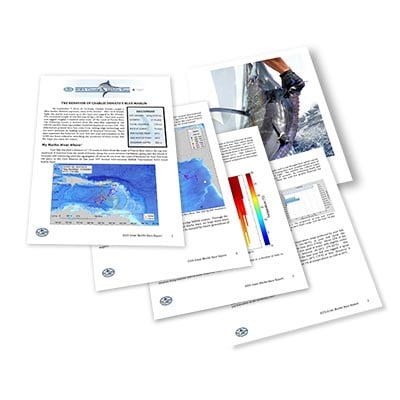
How will the tagging data be used?
Tag sponsors, anglers, and the general public will be able to view the migration routes of tagged marlin through satellite-enabled maps on the IGFA website, displaying marlin tracks and pop-up tag locations. All tag data will be available to scientists and fisheries managers via an open-access system. The data generated from this program will improve our understanding of billfish migratory behaviors in several ocean basins simultaneously. It will reveal how underlying oceanographic conditions shape the connectivity of populations across the globe. This information can then be used to enact better international conservation measures for marlin around the world. Because of the open-access data policy, IGFA Great Marlin Race information has been used to produce numerous peer-reviewed scientific publications. See the results of these publications here.
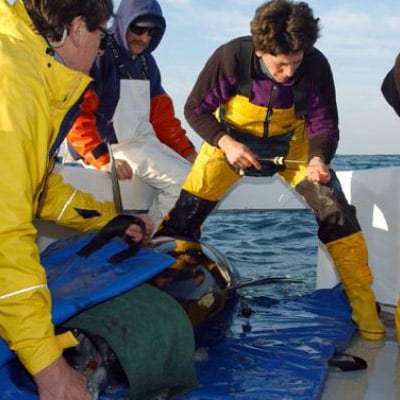
Partnership with Stanford University
Dr. Barbara Block’s team at Stanford University has been a world leader in bio-logging science for the last two decades. It has successfully developed two flagship programs: Tag-A-Giant (TAG)--which has tagged more than 1,200 bluefin tuna in the Atlantic-- and Tagging of Pacific Predators (TOPP), an international program completed under the Census of Marine Life that has deployed 4,800 tags on 37 different marine species. Block's lab was also instrumental in developing the inaugural Great Marlin Race in 2009 with IGFA Trustee Robert Kurz and Peter Fithian, IGFA Trustee Emeritus and Chairman of the Hawaiian International Billfish Tournament, to commemorate the tournament's 50th year.
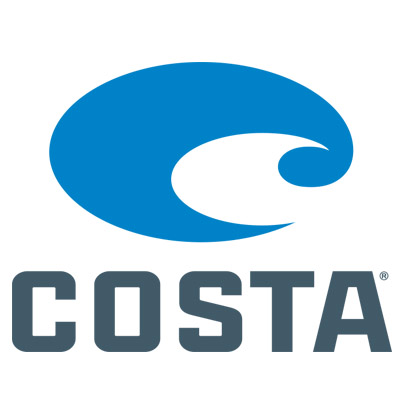
Partnership with Costa Sunglasses
Costa’s partnership with the IGFA is part of the brand’s longstanding commitment to protecting our watery world, a sentiment that ties directly to the company’s mission and brand pillars. Supporting marine conservation and cutting-edge research through the IGMR is one of several aspects of the partnership between the IGFA and Costa.
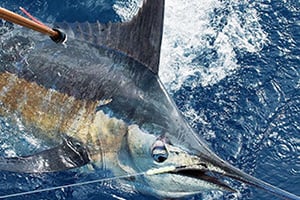
Incorporate Billfish Research in your Tournament
IGMR events require sufficient angler participation and fishing opportunities so that PATs can be successfully sponsored and deployed during or around the tournament. If you are interested in hosting an IGMR event contact IGFA Conservation Director Bruce Pohlot at [email protected].

